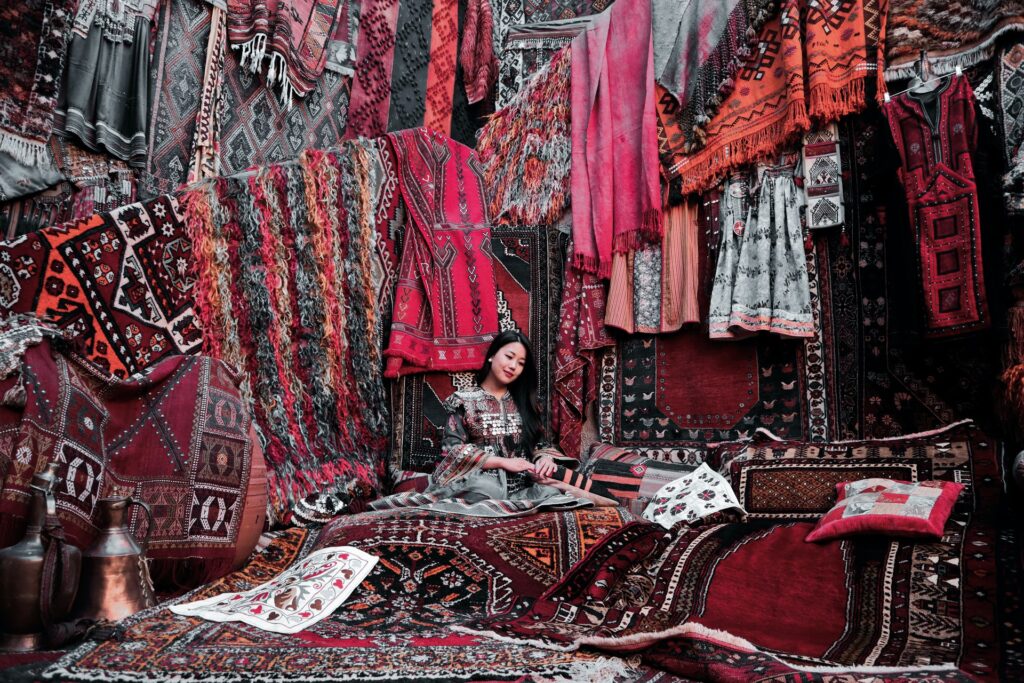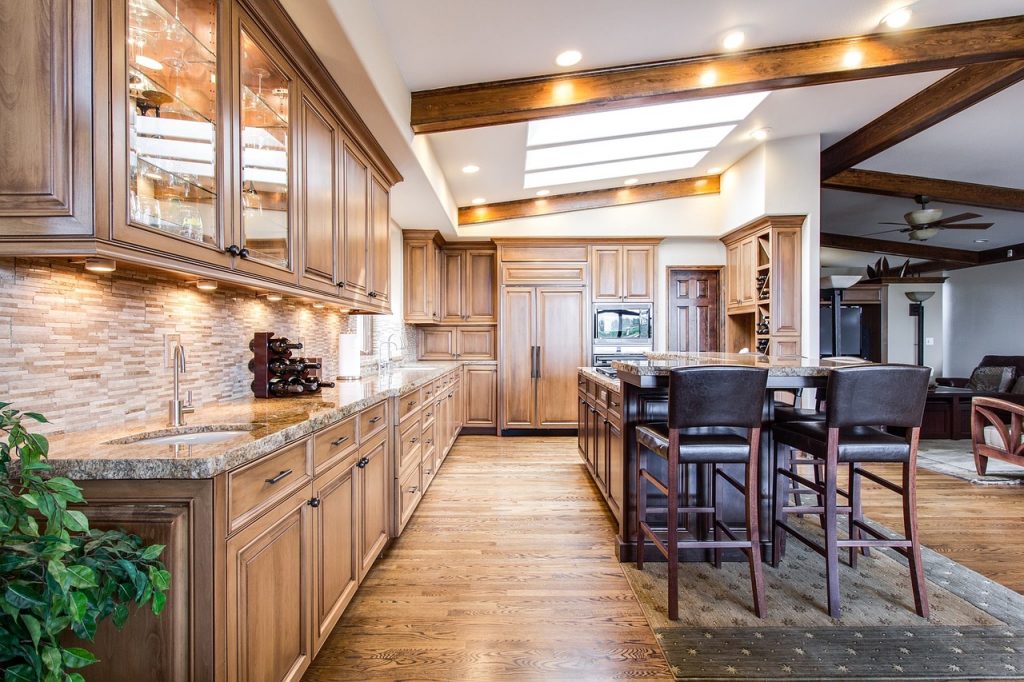Carpet just isn’t an option for some people – yourself included. But, at the same time, bare hardwood floors can look a little sparse. In these cases, nothing ties the room together quite like a vintage rug. Not only do they draw attention, but they can also add some Eastern flavour to your space.
However, getting your hands on a quality antique rug is easier said than done. In your quest to find an authentic floor covering, you’ll contend with fakes, poor-quality specimens, and aggressive salespeople.
One misstep, and you could end up with a substandard product. So rather than buying the first one that catches your eye, we urge you to consider a few factors when buying an antique rug. In this article, we’ll cover the most crucial ones. Let’s get started.
Measure Your Space First
Imagine: you just spent weeks tracking down an attractive rug. Not only that, but you also got it at a super reasonable price. Then it arrives, and to your surprise, it’s way too big for your living room. Or too small. What a waste of time and money.
You could have avoided all this by measuring your room first. For a room-sized rug, there should be six to twelve inches of space between its edge and the wall. If you have an area rug, it should be six to eight inches wider than your sofa. For beds, guidelines vary depending on the size of your mattress.
Opt for Rugs From the Middle East
In our globalized world, you can buy authentic-looking “vintage” rugs from cheaper countries like China. But, if you’re after genuine antiques, pay close attention to where candidate rugs come from. The best antique rugs come from countries like Turkey and Iran. In these countries, artisans have crafted handwoven specimens for countless generations.
Ensure Your Rug is Handwoven
Modern manufacturing has made it easy to mass-produce anything – rugs included. By adding “intentional wearing” processes, these manufacturers can produce rugs that can easily fool the average consumer.
So, if you’re after genuine antiques, look for signs that a rug has been handcrafted. Handwoven rugs do not have a base – they look the same on both sides.
Check Your Rug for Signs of Wear
You want something that’ll look great in your home, but let’s face it – you’re shelling out a tonne of cash to buy this rug. One day, you’ll want to command a price close to what you purchased it for. So when you’re doing your due diligence, look for signs of damage.
In particular, check the edges. If they’re frayed, your rug will slowly unspool into a mass of threads. And of all the rug repair jobs, fixing edges is by far the most expensive one. So, avoid any carpet whose edges are starting to go.
Avoid “High Pressure” Dealers
Shopping should be a pleasant, empowering experience. Unfortunately, some rug dealers turn customer interactions into a boiler room negotiation. Merchants should put your needs above their desire to pad their margins.
If a dealer starts using high-pressure tactics, walk away – many others treat their customers with respect.
Go With What You Like
At the end of the day, interior decorating is about turning your house into a home. If a rug isn’t exactly “authentic”, but you love the way it looks, go ahead and buy it. But do pay attention to “wear-and-tear” – it may look nice, but you also want a rug that lasts.
Lastly, enjoy the process. Decorating your home shouldn’t be a chore – it should be fun.



